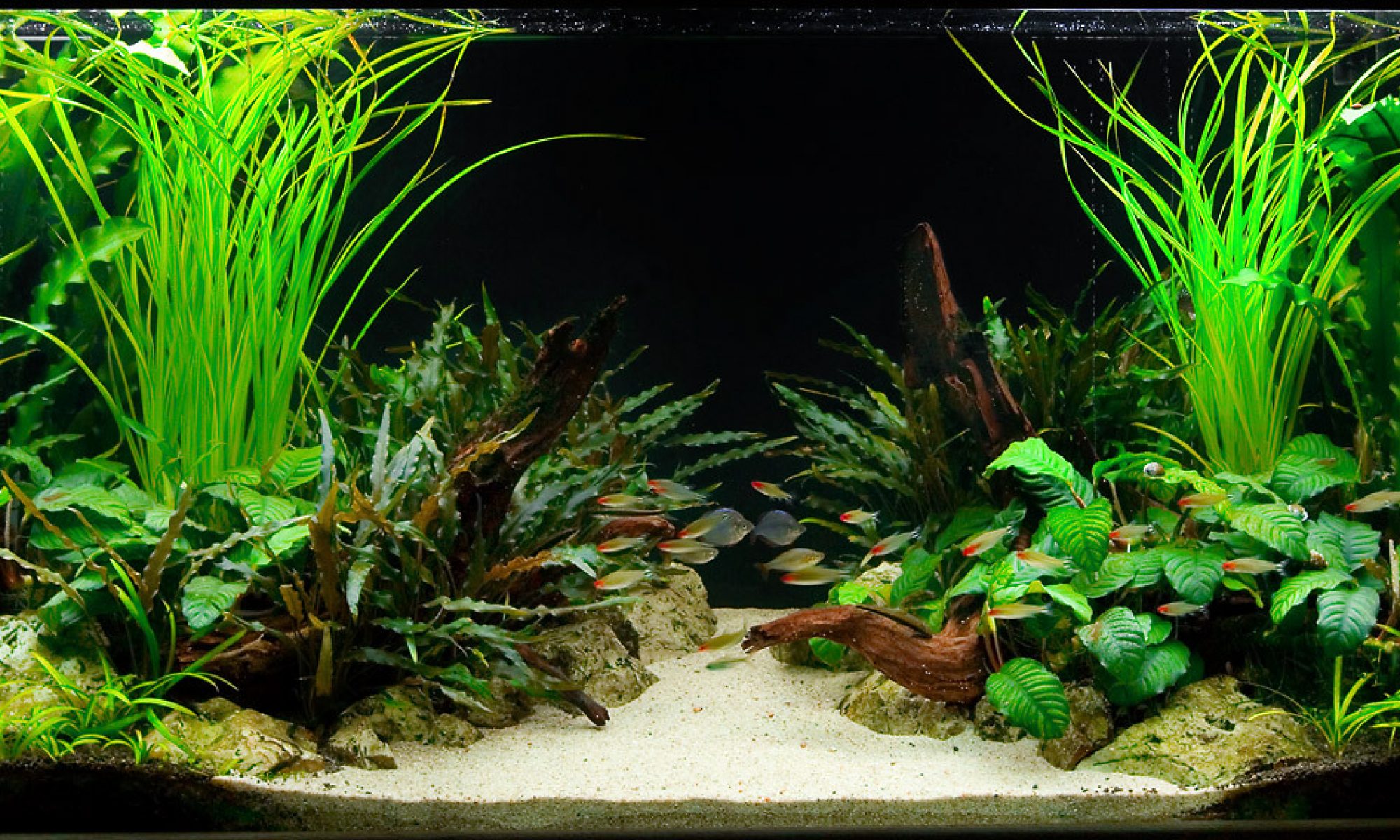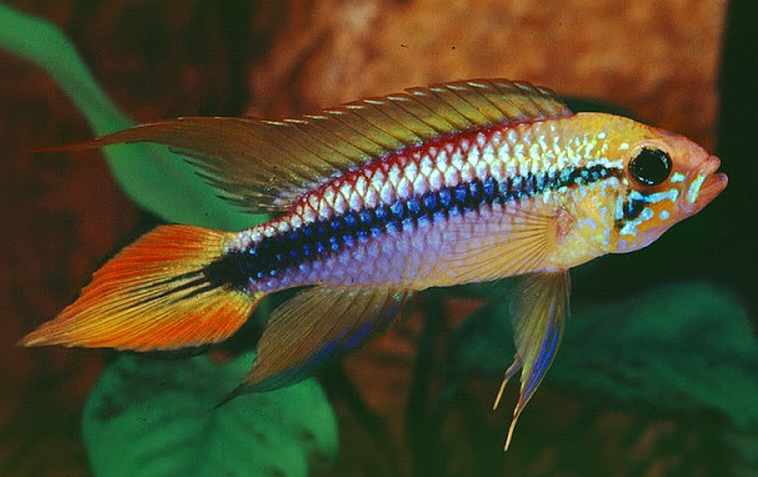Apistogramma agassizii is the scientific name for the Agassiz’s dwarf cichlid, a fish that occurs in many Southern tributaries of the Amazon river.
Details
| Type | Ciclids |
| Family | Cichlidae |
| Species | Apistogramma agassizii |
| Synonyms | |
| Origins | Southern tributaries of the Amazon river |
| Sexual Dimorphism | Males are larger with longer and brighter fins, and the tail fin is pointed. The females are yellow in color and smaller in size. Though females have markings similar to the male, their fins are not elongated and their tail fin is more rounded. |
| Length | 9 cm |
| Shoaling | No |
| Temperature | 24 - 29 deg C |
| Water parameters | pH 5 - 7.5, dH 2 - 10 |
Care
This species of cichlid is a great fish for intermediate fish keepers with some experience in keeping cichlids. They are on the smaller side and are not overly aggressive. They are easy to feed and generally easy to maintain aside from fairly frequent water changes and diligently maintaining water levels. If the water is properly maintained and they are feed a variety of foods this fish will thrive.
Do water changes of 10% to 20% biweekly or weekly, more or less depending on stocking numbers. If water quality is ignored, as with all cichlids, disease and death can occur. Make sure to clean the viewing pane throughly and let particles settle before cleaning. Use a siphon hose to vaccum the substrate making sure to remove all debri. When refilling the tank make sure to treat the replacement water and also that the temperatures are similar to the water in the tank.Feeding
The Agassizi Cichlid is an omnivore, but with a strongly carnivorous diet in the wild, feeding mostly on benthic invertebrates. In the aquarium they can be fed newly hatched baby brine, frozen brine shrimp, crustaceans, insects, insect larvae, and some may eat flakes and pelleted foods. Feed 2 to 5 small pinches of food a day in smaller amounts rather than a large quantity once a day. This will keep the water quality higher over a longer time. All fish benefit from vitamins and supplements added to their foods.Breeding
The Agassizi Cichlids are polygamous with a patriarch/matriarch arrangement. Harems of multiple females will each defend a small territory from all except a dominant male. They are cave breeders and generally spawn 40 - 60 eggs. The eggs are deposited on the cave ceiling where they attach and are cared for by the female while the male guards the territory. The fry will form a school once they become free swimming and will be lead about by the female.
In the aquarium sexing is pretty easy since males have longer fins and are larger than the females. To breed they will appreciate upturned flowerpots, fake "coconut caves," bogwood, and broad leafed plants for cover and as spawning sites. They require a pH of 6.0 to 6.5, a water hardness of 5 - 8 dH, and a temperature of 79° to 84° F (26° - 29° C) with frequent water changes. Also, the eggs tend to be prone to fungus which can make the breeding of these fish more difficult.
Get 6 juveniles and let them grow up together. Once they are of breeding size they will form a harem of one male with several females. The female will approach the male, curve her body, and display to catch his attention. When he sees her, he will then "dance" by flashing his fins. The female will lay up to somewhere between about 40 - 150 oval eggs on the roof surface of her cave. The male will fertilize them and then promptly leave the cave to patrol on the outside.
The female will care for the eggs which will hatch in for 3 to 4 days depending on water temperature. She will then take the fry over to a pit in the substrate until they are free swimming 4 to 6 days later. The female attracts her young by the movements of her body.The fry can initially be fed liquid foods and rotifers. In a week or two feed artemia nauplii 3 times a day. They can also be fed live freshly hatched baby brine shrimp 3 times a day.
If interested in obtaining more of one sex than the other, a system which has worekd for the Cockatoo Cichlid may also work for the Agassiz's Dwarf Cichlid. It has been stated that for the Cockatoo Cichlid if the water temperature is low (68° F or 20° C) most of the fry will be females, while with higher temperatures (86° F or 30° C) the fry will mostly be male. pH also plays a role in the sex of the fry, but to a far lesser extent. These conditions must also be kept constant for the first 3 weeks to be effective.

